I need some new utensils for my kitchen such as spatula, spoon and a skimmer and since I’ve still got some olive wood left in my workshop, I might as well make them myself. Olive wood is perfect for kitchenware, but since I haven’t got enough, the skimmer will have to be made with hard maple wood.


I’ve drawn the contour on the computer to print out a template that will make the process easier. You can download it for free on my website if you are interested.
Diy Kitchen Utensils Plans
As my printer only prints up to A4, I print it on two sheets and them join them with tape. Now I’ll cut all the necessary material from this piece of olive wood on the table saw and glue the template onto the wood.
With the inverted jig saw, I cut along the template’s contour and adjust the edge cuts with the sanding disc. My thickness sander’s drum will be great for sanding all the curved parts.
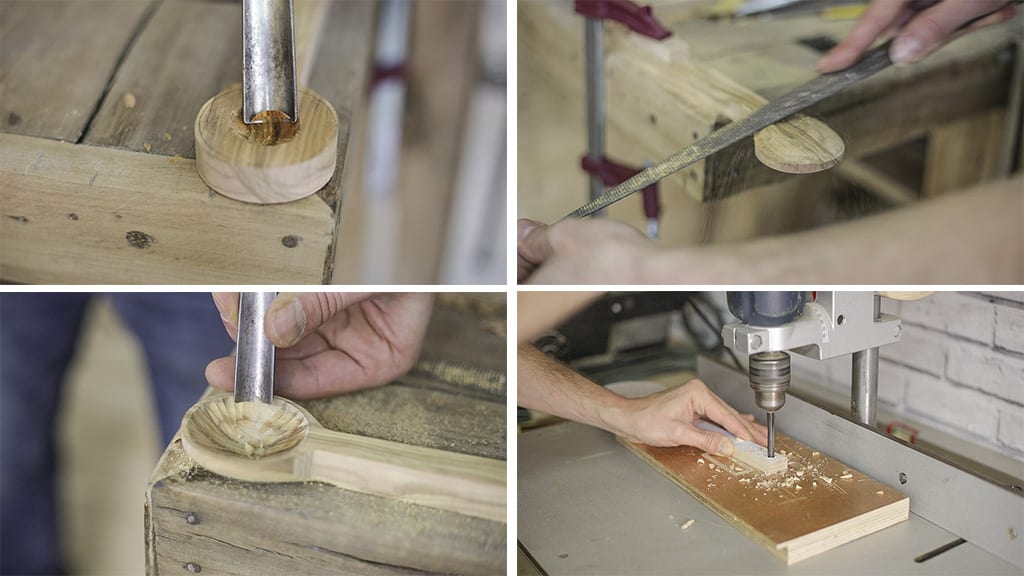

Time to carve the bowl of the spoon. I mark this circumference as a guide and start gouging from the centre working my way to the edge using a carving chisel. After turning the spoon over, I give shape to the back with a rasp.
I’ll try to leave the chisel marks as decoration. I’ve seen the effect on many occasions and think it looks pretty. For this I will use a gouge with a slightly smaller radius. Then I drill holes in the utensils so I can hang them on a rack, as well as the holes in the bowl of the skimmer.
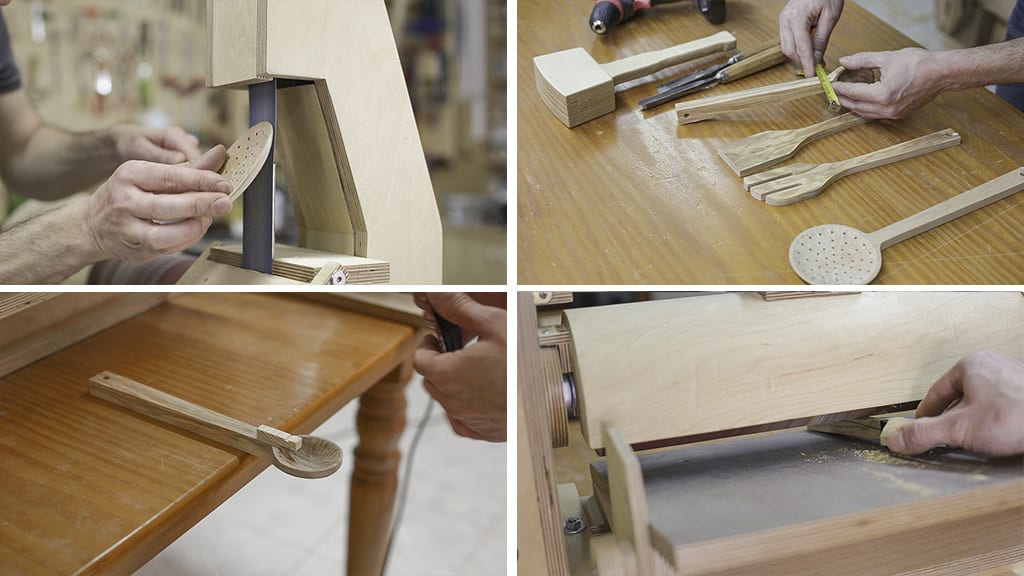

I’ll follow the same steps with the skimmer. I’ll try giving shape to the backside with the belt sander. The part of the belt that doesn’t have the metal piece behind it is perfect for these curved bits.
Now I’ll keep working the handle, I mark a rebate and try to do it with the thickness sander. I need to raise the spoon on one end as high as the amount of wood that needs to be cut. It’s easier to do it this way. I finish shaping the skimmer with the thickness sander, and finally, by hand with files and sandpaper.
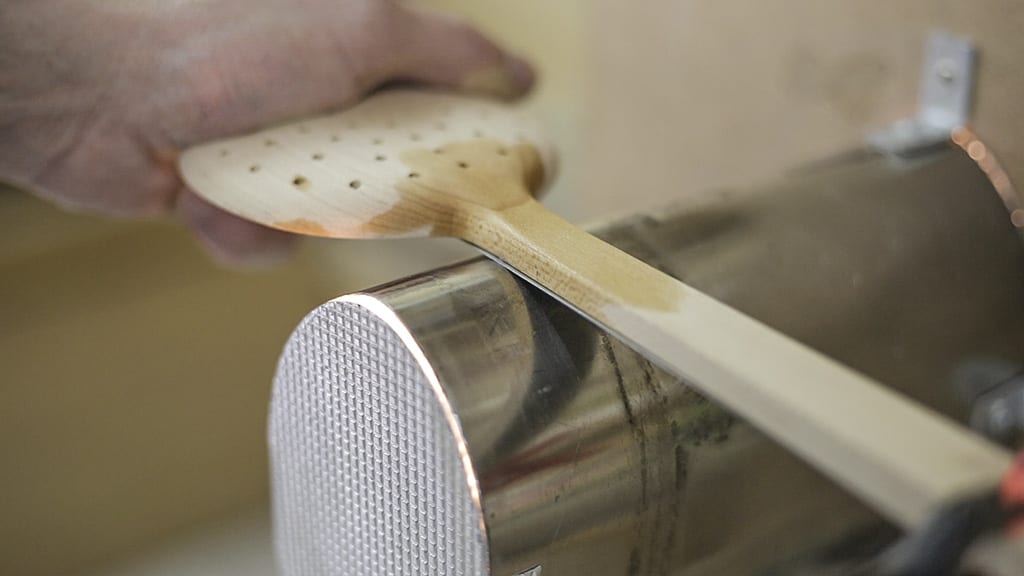

For the sake of convenience, I want to give the skimmer and spatula a bit more curvature, which I’ll do with this bending iron. Since this is a bit of a long process, I’ll make another article detailing it. I’ll save a lot of material this way. If I wanted to make the same spatula without bending it, the wood would have to be twice as thick.
In addition, by bending the wood this way we get more resistance than if we cut the wood, because we do not cut the fibers and the continuity of the wood veins.
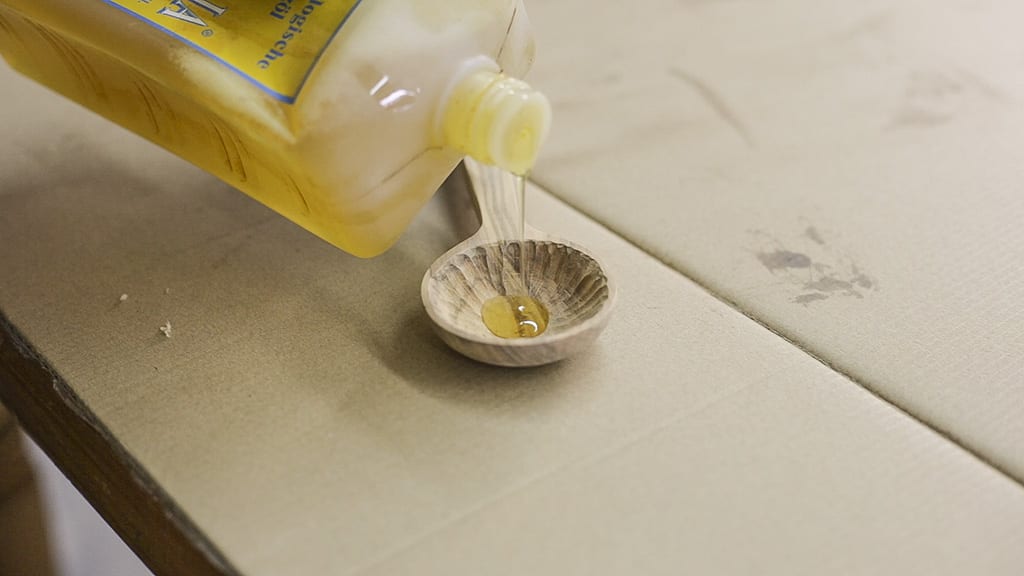

Now all that’s left is to apply some pure linseed oil and, of course, test out our new utensils in the kitchen! It is important that the linseed oil be pure because some linseed oils you will find on the market are boiled and the manufacturer add toxic substances to it to dry faster.
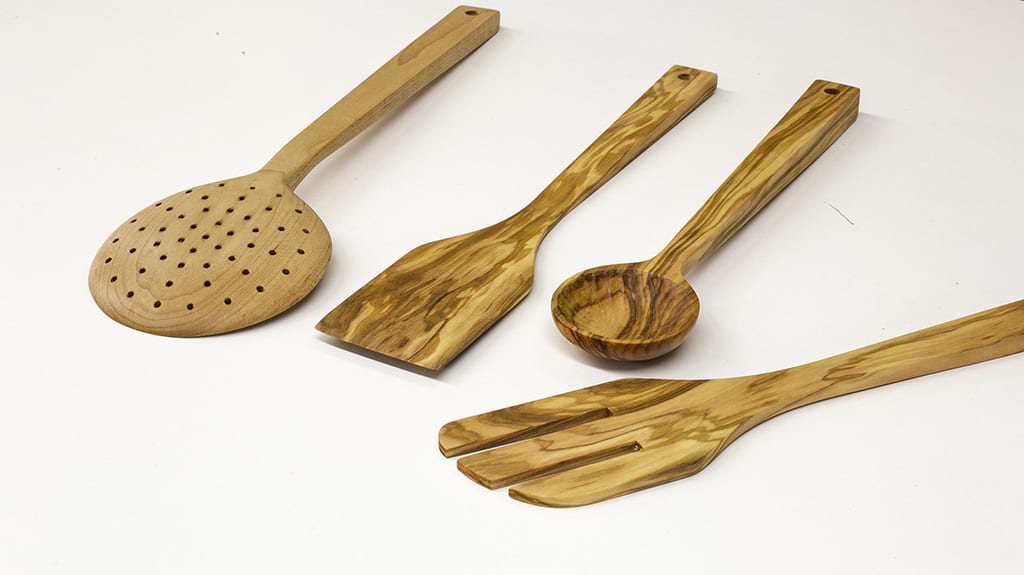

As always, olive wood look its best after applying a little oil.


Making kitchen utensils out of olive wood is a great idea. It will not only not scratch our pans, it’s a very hard, high density wood with antimicrobial properties. Take a look at this other article to see the kitchen utensils in action!

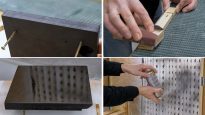
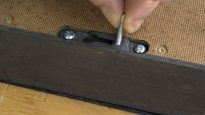

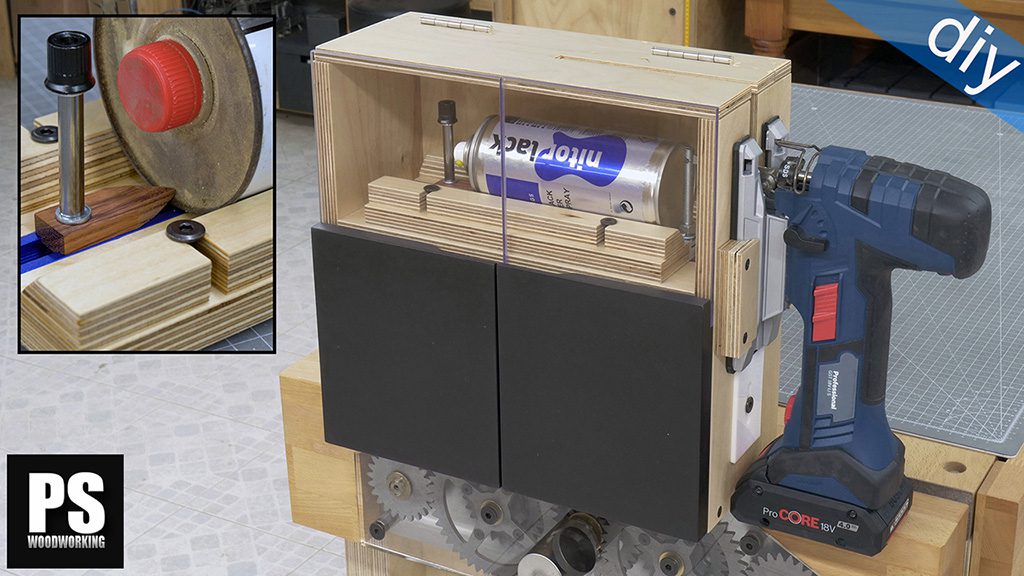
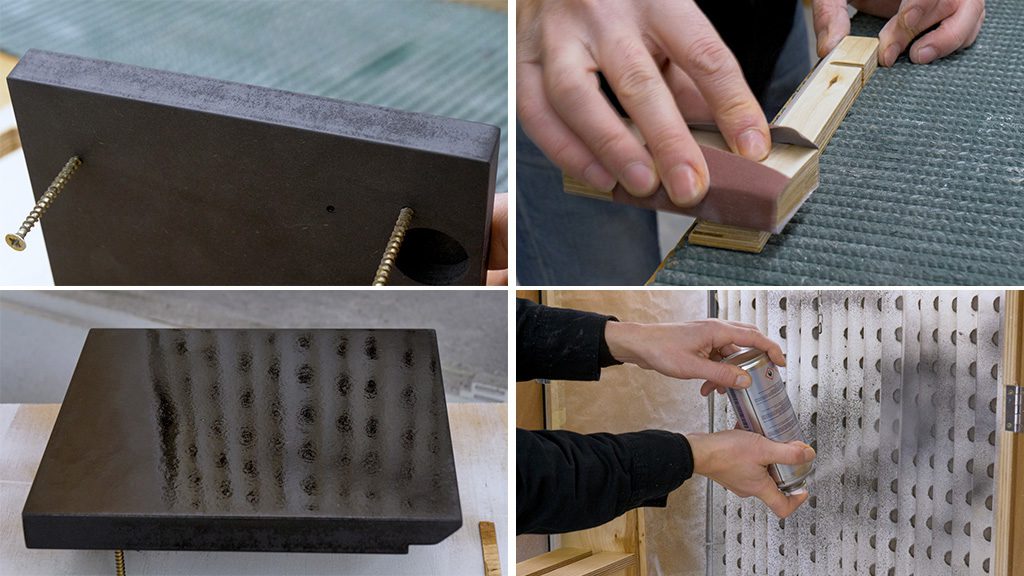
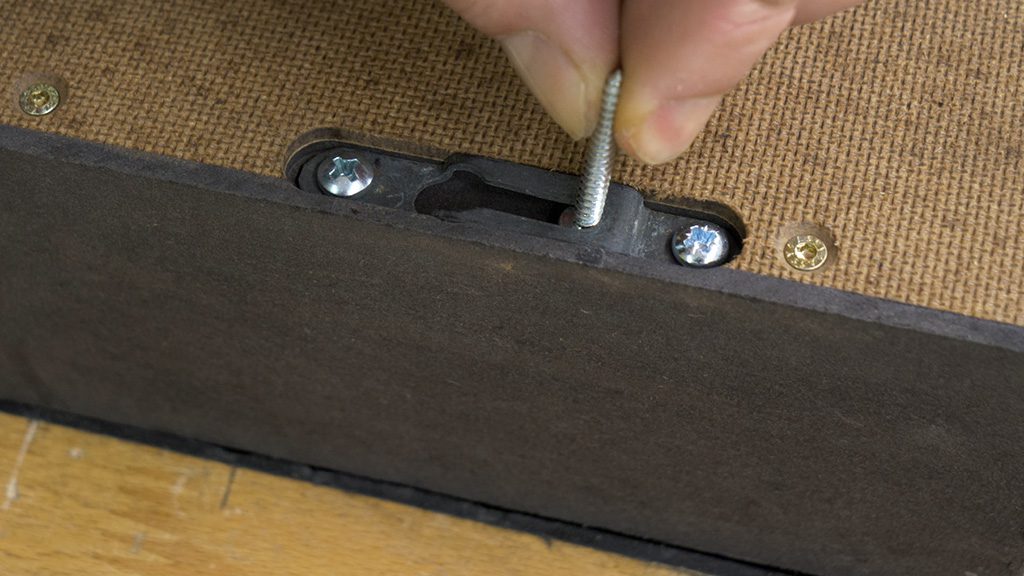
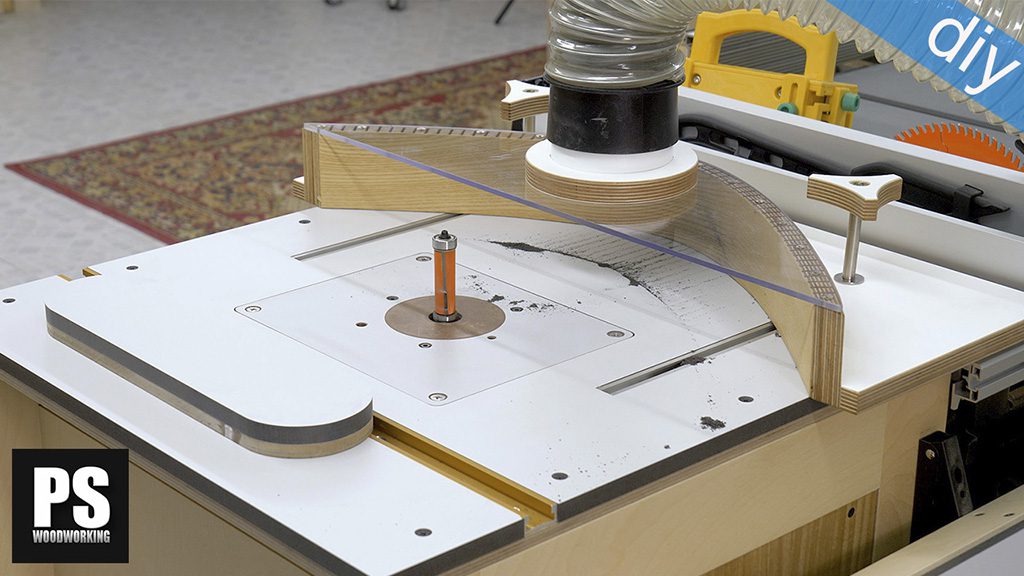

I’m a Woodturner, olive wood is one of the most pleasurable to turn, it’s oily nature makes it easy to work and it fills the shop with a wonderful smell, there are others, but olive is my favourite. Nice presentation!
totally agree with you!
Love the shop made tools. Fun to see hand skills and not just another glorified CNC machine. Great work
thanks Tony
very nice, well done. I like how you bent the handle
thanks!
Beautifully crafted kitchen wooden items such as utensils and serveware not only looks aesthetic but also have several benefits. Selecting the right utensil is as important as any other decision for your house.